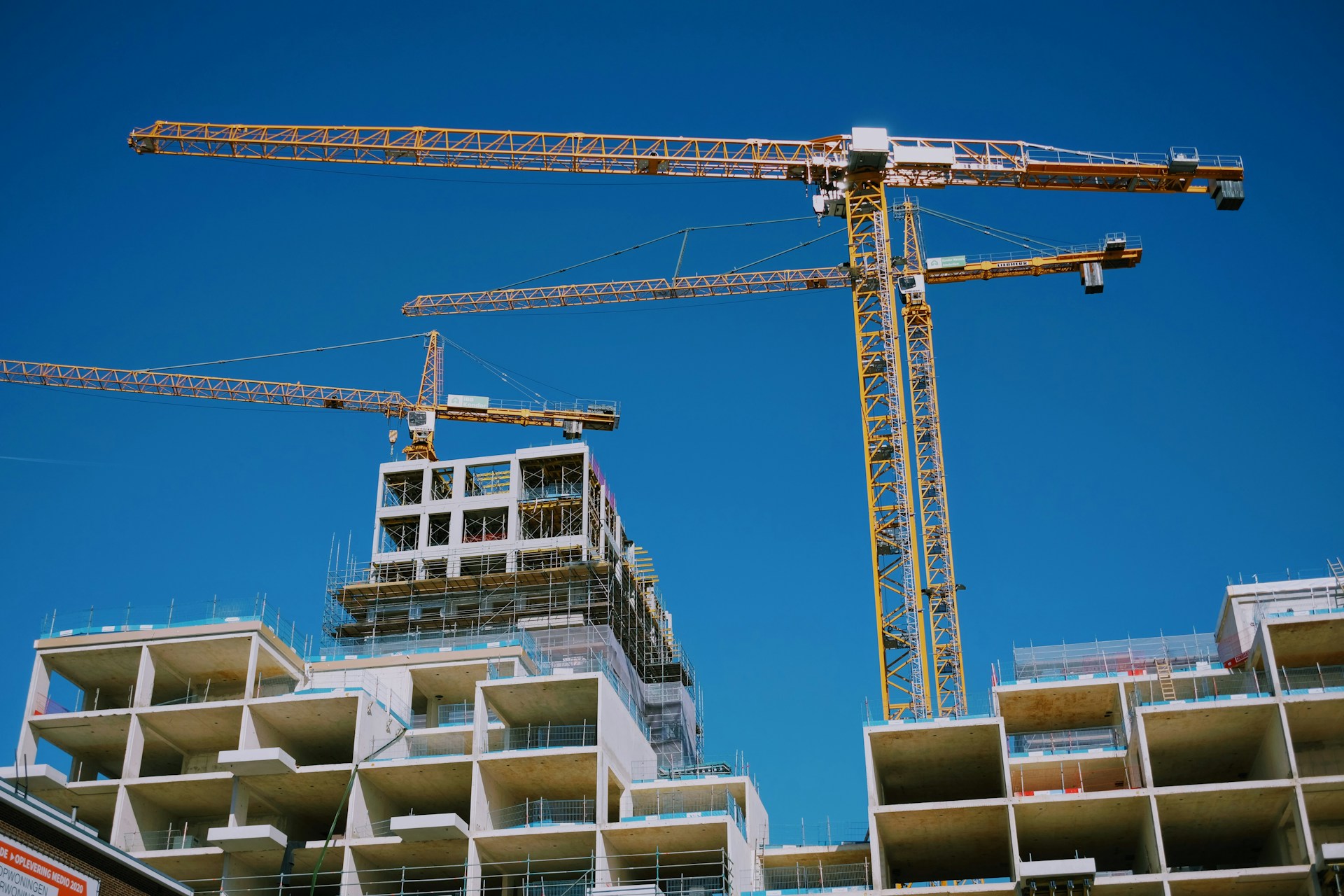Sustainability is no longer just a buzzword. It’s becoming a critical pillar of industries worldwide, particularly the construction sector. The building and construction industry alone accounts for nearly 40% of global carbon emissions—a daunting figure that demands change.
But there’s good news. Sustainable construction practices pave the way for a greener, smarter, and more cost-effective future. This blog explores how sustainable methods are transforming construction, what benefits they offer to businesses, and why adopting green building techniques is an investment in both environmental and economic success.
By the end, you’ll understand how these practices are shaping a greener tomorrow and how your projects can align with this growing imperative.
Rethinking Building Materials
The Rise of Renewable Materials
One major shift in sustainable construction is the use of renewable materials such as bamboo, hempcrete, and cross-laminated timber. These materials are not only environmentally friendly but also incredibly durable and versatile. For example, bamboo grows quickly, absorbs CO2, and can replace steel in some applications due to its strength.
Using renewable materials reduces the dependency on resource-intensive materials like concrete, which significantly lowers the carbon footprint of a construction project.
Recycling in Building Design
The integration of recycled materials, like reclaimed wood, recycled steel, or crushed concrete, has become a game-changer.
Recycling not only gives new life to materials that might otherwise end up in landfills but also minimizes the need to extract additional natural resources. A bonus? These materials often bring a unique aesthetic quality that enhances the design value of a building.
Leveraging Energy Efficiency
Smart Building Systems
Energy efficiency isn’t just about the building materials—it’s also about smarter energy use. Advanced HVAC systems, energy-efficient lighting, and smart home technology contribute to significantly lower energy consumption. These systems monitor real-time energy use and make automatic adjustments, reducing waste while cutting costs.
Solar Integration
Solar power is now a staple of sustainable construction. From photovoltaic panels to solar water heating systems, integrating renewable energy helps buildings become less dependent on fossil fuels. Plus, solar systems might offer long-term financial incentives in the form of lower utility costs and government tax credits.
Improving Water Management
Harvesting and Recycling Water
Water conservation is another key component of sustainable construction. Rainwater harvesting systems collect water for reuse in irrigation and plumbing systems. Similarly, gray water recycling allows buildings to reuse water from sinks and showers for non-potable needs.
Low-Flow Plumbing Fixtures
Sustainable water solutions often incorporate low-flow faucets, toilets, and showerheads that limit water waste without sacrificing functionality. These technologies dramatically reduce water consumption over a building’s life cycle.
Reducing Construction Waste
Pre-Fabrication
Pre-fabrication has gained traction as a sustainable construction method. By creating building components off-site, projects save time, optimize resource use, and reduce material waste.
Recycling on Construction Sites
Job site recycling programs help divert construction debris like wood, steel, and concrete from landfills. Dedicated recycling efforts on construction sites ensure that materials are properly sorted and reused.
Enhancing Health and Productivity
Improved Indoor Air Quality
Many sustainable constructions focus on creating healthier indoor environments by using natural ventilation systems and non-toxic materials. For instance, paints and adhesives with zero volatile organic compounds (VOCs) are now widely available and go a long way toward creating healthier indoor spaces.
Better Lighting and Ambience
Natural lighting designs and spacious layouts don’t just reduce energy use—they also boost occupants’ mood and productivity. Studies show that well-lit, comfortable environments lead to higher tenant satisfaction and improved employee focus.
Creating Cost Benefits
Cutting Operating Costs
Although sustainable construction methods might require an initial investment, they often result in savings over time. Energy-efficient systems, low-flow water fixtures, and durable materials reduce building maintenance and utility expenses.
Incentives for Going Green
Governments and organizations worldwide are offering financial incentives for green building practices. These can include tax breaks, reduced permitting fees, or expedited approval processes, which help offset upfront costs.
Small Changes, Big Impact
Sustainable construction practices are not a luxury—they’re a necessity for our planet’s health and future. Whether through choosing greener materials, adopting energy-efficient technologies, or utilizing recycled resources, every action contributes to a more sustainable society.
Isn’t it time to rethink how we build? Every project, whether big or small, offers an opportunity to align with sustainable principles. Learn more about how businesses are transforming construction into a greener industry, and reimagine what’s possible when sustainability takes center stage.





